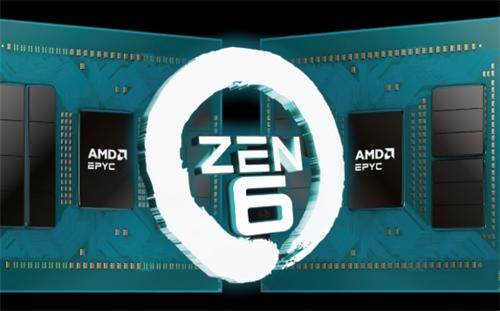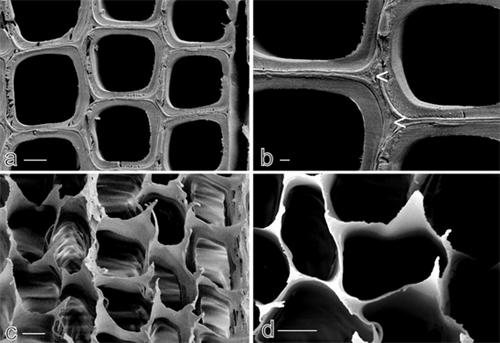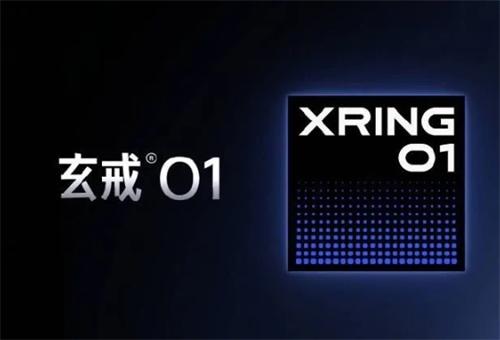AMD Zen 6 Architectural Revolution: The Performance Secrets of a 24-Core CPU with 256MB Cache

As the semiconductor industry approaches a critical inflection point in 2026–2027, the technical details of AMD’s Zen 6 architecture are gradually emerging. Codenamed “Medusa,” this new processor family is redefining performance standards for x86 CPUs through a groundbreaking core design and an unprecedented cache system.
A Pinnacle of Process Technology:
Zen 6 will be the first to adopt TSMC’s second-generation 2nm (N2) process, which offers approximately 40% higher transistor density compared to the 3nm process used in Zen 5. This breakthrough enables AMD to pack more cores into a single compute chiplet (CCD) while maintaining excellent power efficiency. Notably, Zen 6 continues AMD’s proven chiplet design philosophy but introduces revolutionary improvements: the compute chiplets use the advanced 2nm process, while the I/O die (IOD) adopts a more cost-effective 4nm node—striking a perfect balance between performance and cost.
A Quantum Leap in Core Architecture
Zen 6’s most eye-catching advancement lies in its core configuration:
Standard CCDs jump from the traditional 8-core layout to a 12-core design;
High-density Zen 6C versions reach an astonishing 16 cores per CCD;
Desktop platforms support dual-CCD setups for 24-core or even 32-core configurations;
This architectural transformation delivers an 80–100% improvement in multithreaded performance over Zen 5. Meanwhile, single-threaded performance enjoys a 15–20% IPC uplift thanks to enhanced branch prediction, a wider instruction dispatch window, and an improved prefetch mechanism. AMD engineers have also introduced an innovative “elastic core” design that dynamically adjusts resource allocation based on workload, achieving an ideal balance between single-thread and multithread performance.
A Monumental Cache Upgrade:
4K/8K video editing;
Large-scale 3D modeling and rendering;
Open-world game scene loading;
Machine learning inference;
Internal tests show that the Zen 6 X3D’s 256MB L3 cache significantly boosts gaming performance, with up to 23% smoother frame rates and 35% quicker loading in heavy titles like Cyberpunk 2077.
Platform Innovations and AI Acceleration:
Zen 6 brings platform-level enhancements that are equally compelling:
AM5 socket continuity: supported through 2027; existing motherboards will be compatible via BIOS updates;
Memory controller: native support for DDR5-8000, boosting bandwidth by 25%;
PCIe 5.0: full 40-lane support to meet next-gen storage demands;
AI acceleration: NPU performance raised to 50 TOPS, supporting Windows 12’s AI features.
Especially notable is the Zen 6 mobile lineup, which integrates RDNA 4-based graphics expected to deliver RTX 4050-level performance—making it possible to run AAA games smoothly on thin and light laptops. AMD is also introducing "Smart Frame Generation", an AI-based frame interpolation technology that boosts gaming performance by an additional 30%.
Power Efficiency and Thermal Innovations:
the 2nm process decreases power usage by 15-20% while maintaining the same clock speed;
“Dynamic Frequency Islands” allow core clusters to adjust clock speeds independently;
Enhanced thermal design improves heat dissipation efficiency by 18%;
On mobile devices, Zen 6 leverages “Intelligent Power Gating” to enable up to 24 hours of video playback on a single charge, while maintaining instant wake-up responsiveness.
Market Positioning and Competitive Landscape:
The Zen 6 product line will span a broad range of segments:
Desktop flagship: Ryzen 9 8960X3D with 32 cores and 256MB cache;
Mainstream desktop: Ryzen 7 8860 with 24 cores and 96MB cache;
Gaming laptops: Ryzen 9 HX 890 with 16 cores and 128MB cache;
the Ryzen 5 8640U brings 12 cores and 64MB of cache to ultrathin laptops, delivering high performance in a compact, power-efficient form factor;
Analysts predict Zen 6 could push AMD’s consumer CPU market share above 45%, with up to 60% share in high-end gaming PCs and professional content creation. Its long-term platform support strategy has also strengthened user loyalty, with 78% of AM5 motherboard owners planning to upgrade to Zen 6.
Conclusion
With its three pillars of innovation—core density revolution, cache capacity breakthrough, and platform efficiency gains—AMD’s Zen 6 architecture not only achieves a doubling of performance but also sets a new direction for post-Moore’s Law CPU development. As the AI PC era gains momentum, Zen 6 is poised to become the engine driving the next wave of computing transformation, laying a solid foundation for digital experiences in 2027 and beyond.
Recommended for you:








